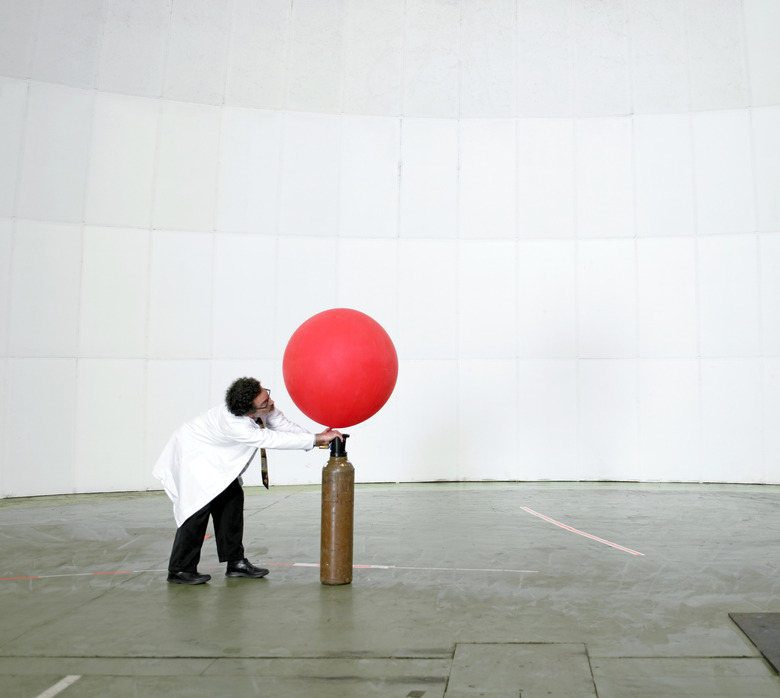How Does A Weather Balloon Work?
Before the days of radar and satellites, weather balloons offered a tantalizing glimpse into conditions high above the Earth's surface. While weather balloons may seem out-of-date by modern standards, agencies across the globe still rely on balloons to help predict the weather. These relatively simple devices carry gauges to capture information about wind, temperature and humidity levels, which meteorologists then use to draft your daily forecast.
During the 19th century, some scientists used manned hot air balloons to gather data from the atmosphere. By 1892, French scientists launched the first unmanned balloons, which often traveled a long distance from where they were launched, making data collection difficult. In 1936, scientists added radio transmitters to weather balloons to transmit data to the ground, eliminating concerns over how far the balloons would travel.
As of 2013, the U.S. National Weather Service still launches roughly 200 balloons each day, reports National Geographic. Worldwide, weather forecasters launch more than 2,000 balloons each day to gather information about the weather.
Components
Components
Each weather balloon consists of a large balloon measuring 2 meters (6 feet) in diameter after inflation. A 0.5-kilogram (1-pound) container the size of a milk carton hangs roughly 25 meters (82 feet) below the balloon. This container, known as a radiosonde, contains instruments to measure the weather along with a radio transmitter to rely information to receivers on the ground.
Into the Sky
Into the Sky
Filled with helium or hydrogen, the weather balloon begins its ascent. It rises for up to two hours and reaches heights up to 35 kilometers (22 miles). The entire time it rises, it sends information back to the ground, often as many as 1,000 to 1,500 readings per balloon on everything from temperature to wind direction. As it ascends into the sky, the decreasing air pressure causes the balloon to swell to up to 6 meters (20 feet) in diameter. After it swells to this point, it pops and begins its descent back to Earth.
Back to Earth
Back to Earth
After it pops, a weather balloon doesn't just plummet to the Earth. Instead, a tiny parachute carries it gently to the ground. Popped weather balloons and their attached radiosondes often land as much as 321 kilometers (200 miles) from where they were launched. The balloon and radiosonde can land anywhere, from the top of a tree to your very own backyard. Though each unit comes with instructions on how to mail it back to the National Weather Service, along with a preaddressed, postage-paid package, only about 20 percent are ever returned. The NWS refurbishes returned units and relaunches them to collect additional data.
Cite This Article
MLA
Beach, Emily. "How Does A Weather Balloon Work?" sciencing.com, https://www.sciencing.com/weather-balloon-work-4924/. 24 April 2017.
APA
Beach, Emily. (2017, April 24). How Does A Weather Balloon Work?. sciencing.com. Retrieved from https://www.sciencing.com/weather-balloon-work-4924/
Chicago
Beach, Emily. How Does A Weather Balloon Work? last modified March 24, 2022. https://www.sciencing.com/weather-balloon-work-4924/
